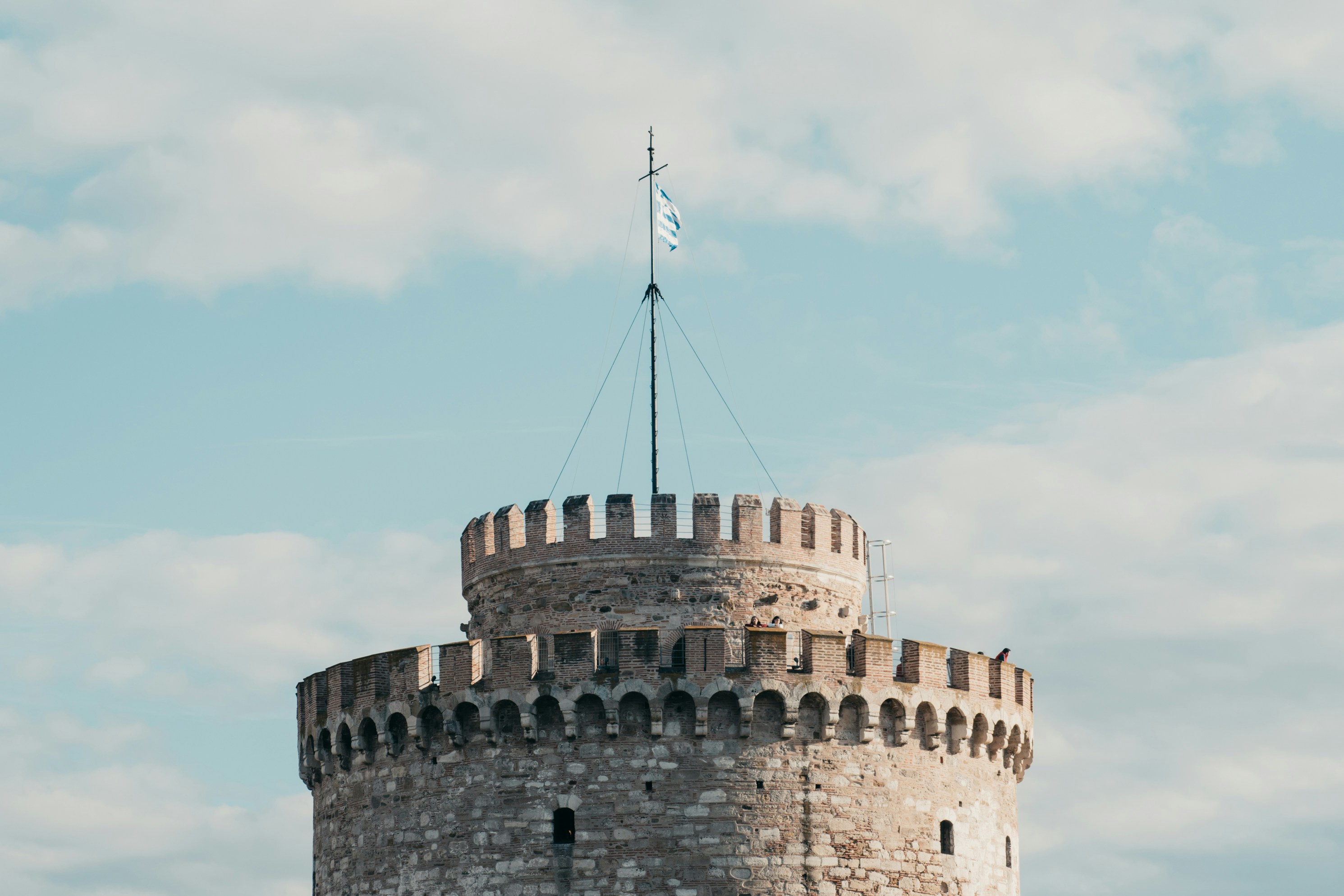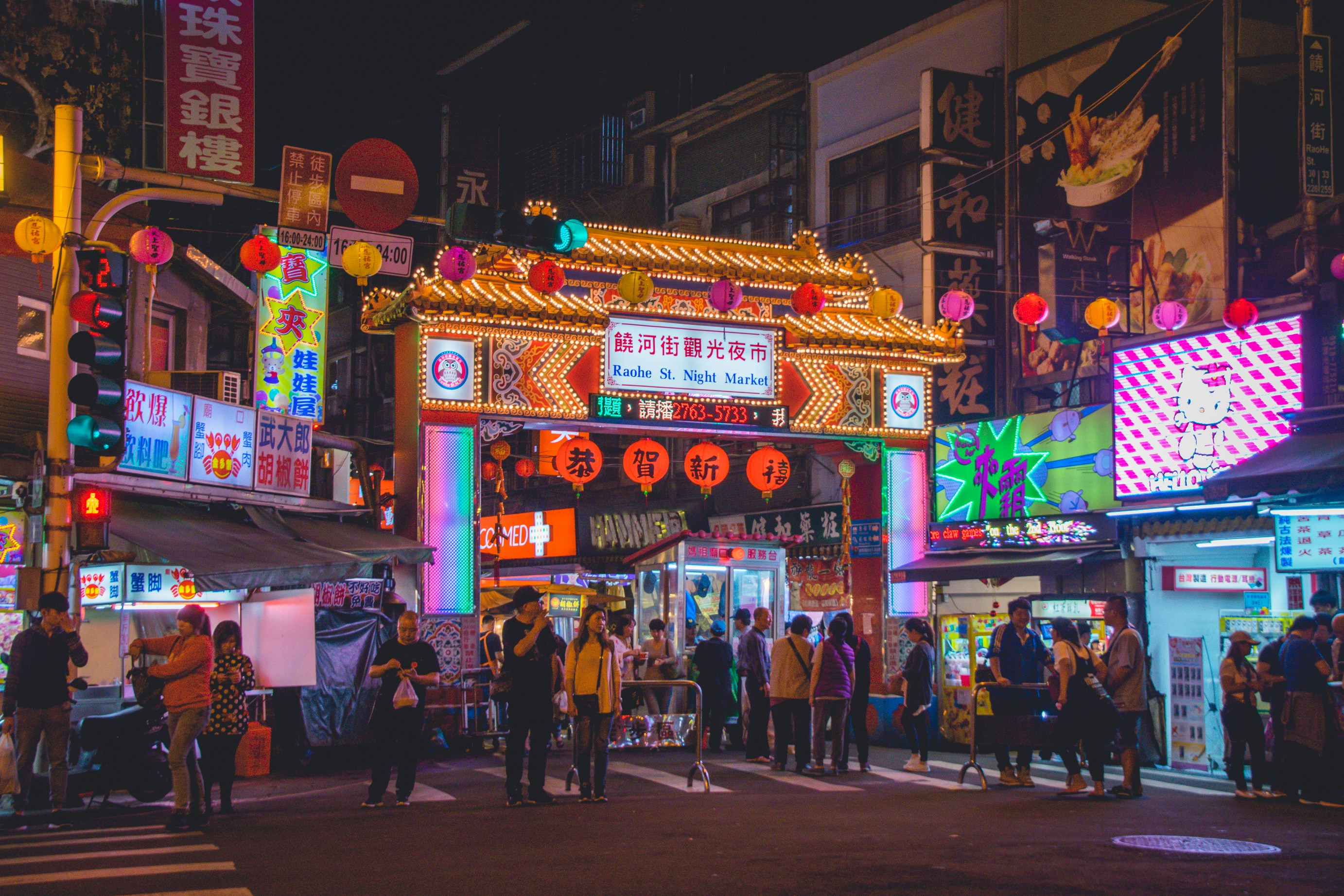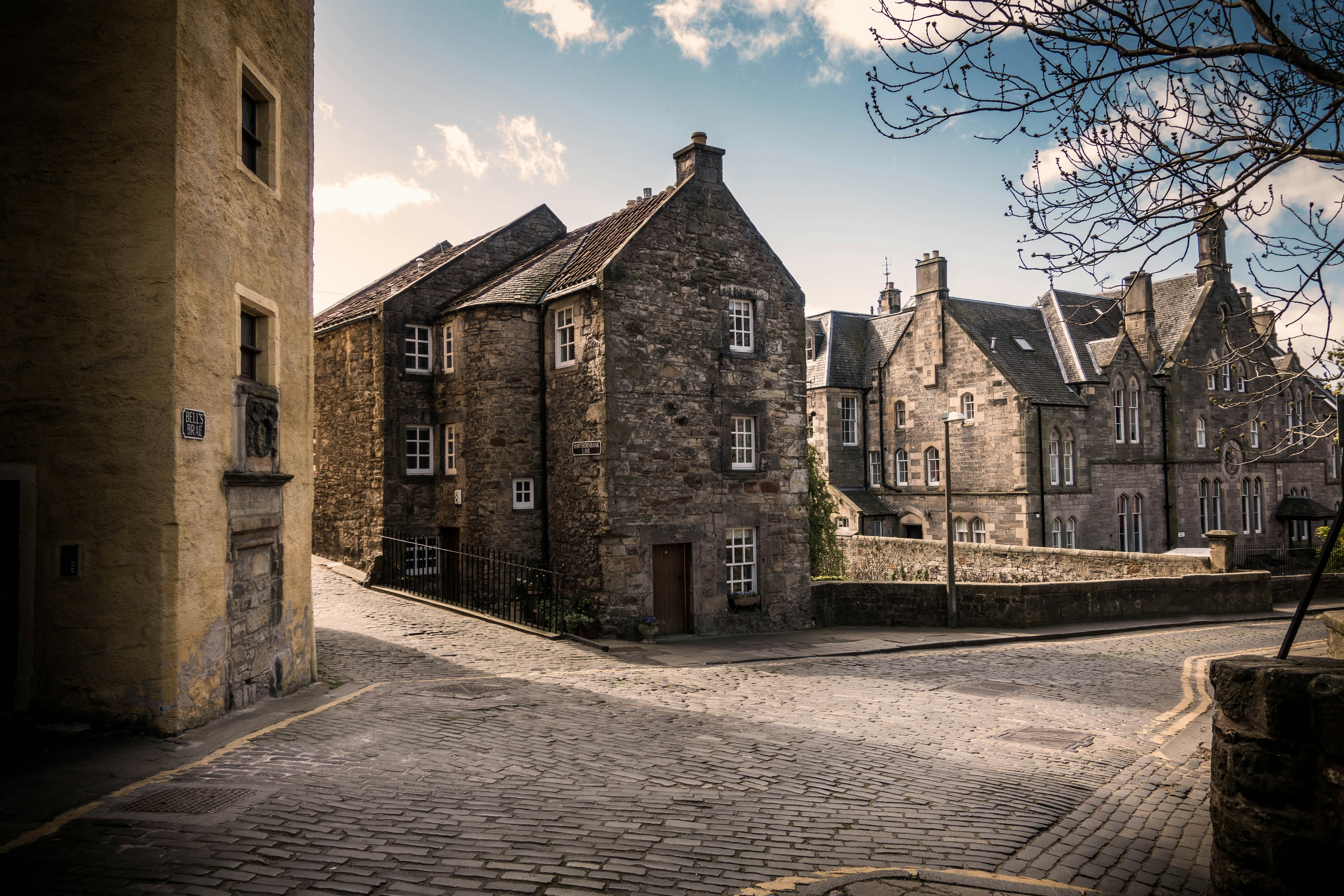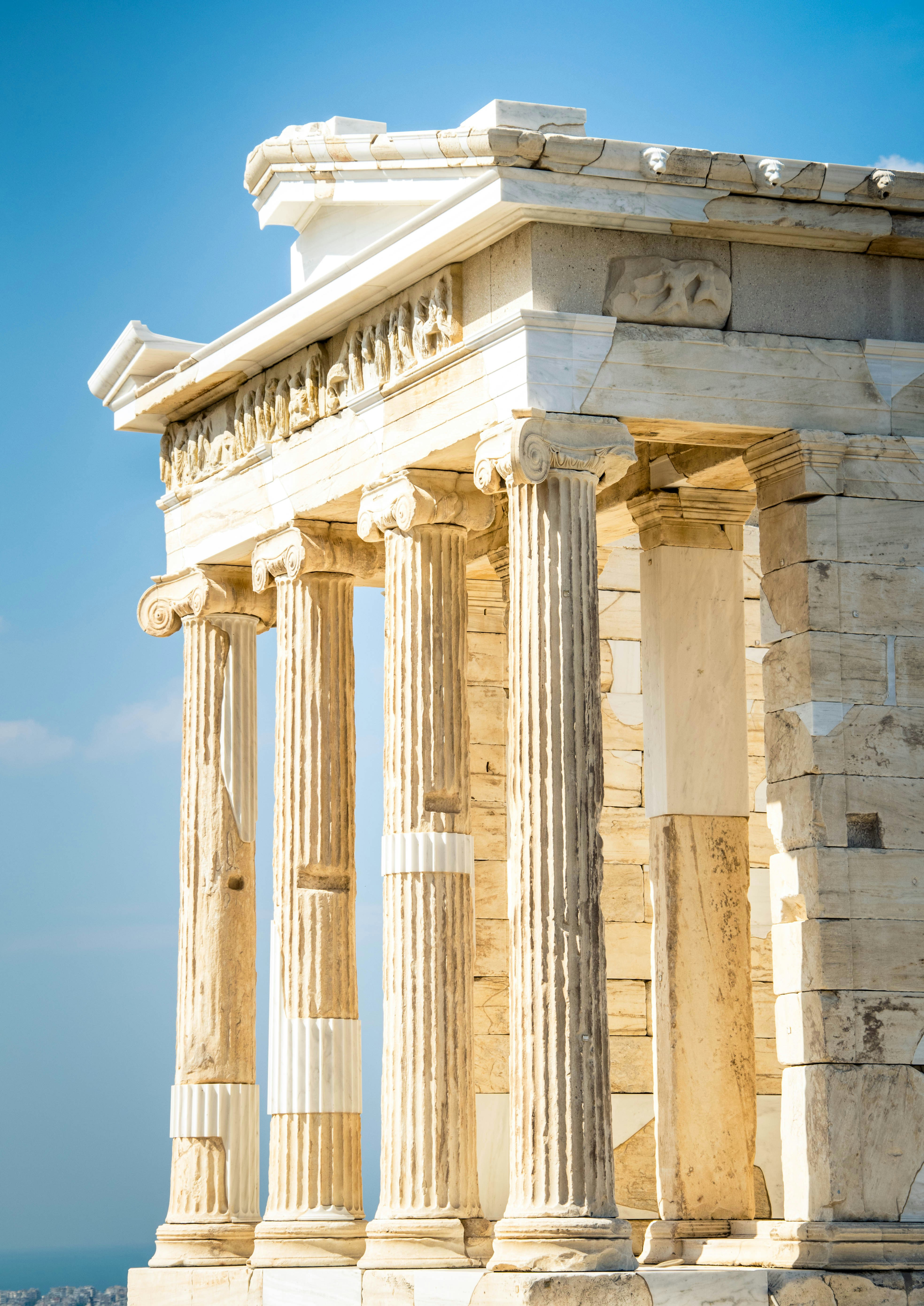Thessaloniki 2025 City Guide: Waterfront Walks, Byzantine Highlights, and a 2–4 Day Plan

Greece’s second city is a place of light and appetite. Thessaloniki stretches along the Thermaic Gulf with a long, level promenade where locals stroll at sunset, cyclists weave by the water, and cafés spill onto the pavement. Step back a block or two and you find Byzantine churches, Ottoman hamams, art deco façades from the city’s modernist reinvention, and a culinary scene that blends Macedonian, Sephardic, Anatolian, and contemporary Greek influences. In 2025, with improved flights, refreshed museums, and a growing taste for slow, walkable urban breaks, Thessaloniki is the easy city-break in Greece that still feels local. This practical guide delivers exactly what you need for a rewarding 2–4 day visit: where to stay, how to get around, what to see, where to eat and shop, day-trip ideas, safety and etiquette, seasonality, and how to book smartly for 2025 and beyond.
Start by tracking cheap flights to Thessaloniki to align your inbound and outbound times with your itinerary. If a disruption hits your journey, know your rights and consider potential compensation for delayed flights. With smart timing and flexible reservations, you can let the city’s rhythm set your pace: slow morning coffees, late museum visits, a golden-hour walk to the White Tower, then long dinners that turn quickly into dessert and a second round of conversation.
Where to Stay
Thessaloniki’s core is compact. In practice, choosing a neighborhood is about the vibe you want—harbor views and nightlife convenience, a local residential feel with bakeries and markets, or a vantage point in the Upper Town with pockets of history and sweeping sea views. All areas below keep you within 10–25 minutes on foot of central sights.
Ladadika and the Waterfront (Nikis Avenue → Port)
Once the city’s oil and spice warehouse district, Ladadika has been transformed into a dining-and-nightlife knot of restored buildings, cobbled streets, and hidden courtyards. A block away, the waterfront runs east toward Aristotelous Square and the White Tower. This is the most convenient base for first-time visitors who value being in the action and walking everywhere.
- Pros: Central, atmospheric streets, easy access to the promenade and restaurants, lively at night.
- Cons: Weekend noise; rooms can be smaller in historic buildings; parking is limited.
- Best for: Short stays, couples, food-focused travelers.
- Hotel tip: Prioritize rooms with soundproofing; balconies facing inner courtyards are often quieter.
Valaoritou and Around Egnatia
North of the waterfront, the grid near Egnatia Avenue and Valaoritou Street mixes creative studios, small bars, and budget eateries with period architecture. It’s a practical base if you want value-for-money hotels, direct bus links, and quick access to markets and the Rotunda area.
- Pros: Good rates, central bus corridors, authentic weekday rhythm, close to Roman/Byzantine sites.
- Cons: Less polished streetscapes; nightlife can feel dispersed; fewer sea views.
- Best for: Budget travelers, longer stays, visitors who like to explore on foot without paying a waterfront premium.
Ano Poli (Upper Town)
In the hills north of the center, Ano Poli survived the 1917 fire and kept a village-like weave of lanes, wooden balconies, and Ottoman walls. The acropolis area (Eptapyrgio) and the Trigonion Tower offer some of the city’s most beautiful views. The climb is real—but the reward is quiet evenings, small tavernas, and sunrise light on tiled roofs and the bay below.
- Pros: Historic character, best viewpoints, peaceful nights, great for photographers and readers.
- Cons: Hills and steps; longer walks to the waterfront; fewer elevators in older buildings.
- Best for: Travelers seeking charm over convenience, couples, anyone planning to balance city days with slow mornings.
Eastern Waterfront (White Tower → Nea Paralia)
East of the White Tower, the promenade becomes a string of themed parks (Nea Paralia) and modern apartment blocks. Here, you’ll find contemporary hotels, jogging paths, and the famous Zongolopoulos Umbrellas sculpture poised over the sea.
- Pros: Fresh air, modern rooms, ideal for runners and cyclists, quick tram/bus links toward the airport road.
- Cons: A longer stroll from Ladadika at night; slightly less historic atmosphere.
- Best for: Travelers who want space, light, and easy seaside walks built into each day.
Getting Around
Thessaloniki is a walking city if you’re staying central, and the seaside promenade makes orientation easy. For longer hops, buses cover the city thoroughly, and taxis are plentiful and reasonably priced. The train station and intercity bus station (KTEL) connect you with northern Greece and nearby countries.
Arriving in Thessaloniki
- By air: Thessaloniki Airport (SKG) sits southeast of the center. Taxis and airport buses run frequently; private transfers make sense for late-night arrivals or families. Track schedules and fares by searching cheap flights to Thessaloniki and set price alerts for your dates.
- By rail/bus: The main train station and the Macedonia Intercity Bus Station serve routes to Athens, Halkidiki, Kavala, and Skopje. City buses or taxis bridge the last mile to your hotel.
- Driving: Street parking is heavily regulated in the core. If you rent a car for day trips, prefer garages on the edge of the center and walk in.
Within the City
- On foot: From the Port to the White Tower is roughly 30 minutes on a level promenade. Most central sights sit within a compact grid behind the waterfront.
- Bus: Lines on Egnatia and Tsimiski reach the Rotunda, Ano Poli, and eastern neighborhoods. Use contactless if available; keep small change handy.
- Taxi: Reliable and affordable. Ask for approximate fares before longer rides; apps work well in 2025.
- Bike: The waterfront is ideal. Avoid steep sections in Ano Poli unless you’re comfortable with hills.
Essential Sights and Experiences
White Tower and the Waterfront Rhythm
The city’s emblem rises beside the sea. Climb the White Tower museum for a slow-burn introduction to Thessaloniki’s layers and a panorama stretching from the port cranes to the distant Olympus on a clear day. The best time to be here is late afternoon into sunset, when the promenade fills and the light turns warm—then wander east toward the Umbrellas or west toward the port for dinner.
Byzantine Churches and Mosaics
Thessaloniki’s UNESCO-listed Byzantine monuments are intimate and scattered through daily life. Three unmissable stops:
- Hagia Sophia: A domed church with measured, quiet scale and layers of fresco and mosaic. Step in from bustling Ermou to a space that feels anchored and calm.
- Rotunda of Galerius: A massive circular former mausoleum-church with soaring volume and late Roman mosaics. Combine with the Arch of Galerius and the remains of the imperial complex along Egnatia.
- Hagia Demetrios: Dedicated to the city’s patron saint, this basilica holds luminous mosaics and a crypt that evokes centuries of devotion and earthquake recoveries.
Ano Poli, Walls, and Viewpoints
Walk up through Kastra (the fortifications) to the Trigonion Tower for a sweeping sea-to-hills view. In the golden hours you’ll catch church bells, neighbors chatting on balconies, and the city’s stone-and-plaster geometry softening with the light. Take breaks at small cafés; descend by a different route to find courtyards you missed on the way up.
Markets and Food Streets
The Kapani and Modiano markets remain the soul of the center: fishmongers, cheese vendors, olives in every shade, honey, herbs, and everyday cafes that feed cooks and shoppers. Around them, a ring of mezedopolia (small-plate tavernas) and bakeries keeps the appetite high. Tsimiski and the streets parallel to the waterfront deliver fashion, design shops, and pastry counters where you can calibrate your sugar intake.
Contemporary Culture
Between the port warehouses and the waterfront, galleries and small museums stage contemporary art and design. The Museum of Photography and the Cinema Museum (both at the port) are manageable, well-curated stops that add texture to a day of churches and markets. Check for temporary exhibitions and film screenings.
Food and Markets
Thessaloniki eats well and late. Breakfast can be as simple as a koulouri (sesame bread ring) and strong coffee; lunches rotate between grilled fish, vegetable stews, and meze; and dinners stretch with conversation and carafes. Pastry culture is serious here, with Byzantine-era techniques colliding with Ottoman sweets and modern ideas.
What to Try
- Bougatsa: The city’s emblematic breakfast pastry—flaky layers filled with custard, cheese, or mince. Order with powdered sugar and cinnamon for the sweet version.
- Koulouri Thessalonikis: Sesame ring bread, the commuter’s breakfast-on-the-go.
- Meze spreads: Taramosalata, melitzanosalata, tirokafteri, and smoky peppers, flanked by grilled octopus or sardines when in season.
- Patsa and soups: For late nights and cold snaps, traditional soup houses keep long hours.
- Sweets: Trigona Panoramatos (syrup-soaked phyllo triangles piped with cream), tsoureki (braided sweet bread), and modern patisserie fusions.
Where to Eat
- Markets ring: Around Kapani/Modiano for classic meze and seafood joints. Go early for lunch to beat the rush and watch vendors winding down.
- Ladadika: A reliable density of tavernas, wine bars, and modern Greek kitchens in walkable clusters.
- Valaoritou corridor: Creative kitchens, cocktail bars, and street food windows.
- Eastern waterfront: Sunset cafés and dessert bars—pair the Umbrellas with gelato or a composed dessert and watch joggers drift past.
A 2–4 Day Plan
Day 1 — Waterfront and White Tower
Arrive and orient along the sea. Drop bags, then walk the promenade from the Port toward Aristotelous Square and the White Tower. Tour the tower museum (time your climb for late light), then wander east to the Umbrellas. Dinner in Ladadika—start with shared meze, then grilled fish or lamb, and finish with spoon sweets or tsoureki-inspired desserts. If you’re shopping flights last-minute or aligning a homebound leg, keep an eye on cheap flights to Thessaloniki while you linger over dessert.
Day 2 — Byzantine Layering
Focus on churches and Roman remains. Begin at Hagia Sophia, then stroll Egnatia to the Arch and Rotunda of Galerius. Continue to Hagia Demetrios and its crypt. Lunch near the markets—bougatsa for a late-morning snack, meze or grilled fish for lunch. Afternoon at the port’s Photography or Cinema Museum. Sunset at the promenade; dinner near the markets or back in Ladadika.
Day 3 — Ano Poli and the Walls
Climb into Ano Poli via winding lanes. Pause at small churches and viewpoints; plan a long coffee at a terrace with a sea view. Visit the Trigonion Tower and walk along preserved wall segments. Descend via a different route to catch courtyards and street art. Dinner near Valaoritou: modern Greek with cocktails, or a classic taverna if you prefer a simple table and acoustic bouzouki in the background.
Day 4 (Optional) — Museums, Design, or Slow Food
Keep the fourth day flexible: a deeper museum dive (Archaeological Museum of Thessaloniki for Macedonian finds, Museum of Byzantine Culture for a grand survey), a design-focused stroll along Tsimiski and its side streets, or a leisurely food day: coffee roasteries, patisseries, and a late seafood lunch at the market ring. Wrap with a final promenade and a photography stop near the port cranes as the sky cools.
Optional Day Trips
- Halkidiki peninsula: Beaches and pine-framed coves within 60–90 minutes by car or bus (best in late spring to early autumn). Pick Kassandra for bustle, Sithonia for quieter bays.
- Vergina (Aigai): The royal tombs museum is one of Greece’s most impressive small museums—dark, intimate, and transporting. Combine with Veria or Naousa for a full day.
- Mount Olympus foothills: Litochoro and the Enipeas Gorge for hikes that fit into a day, with tavernas and views back to the sea.
- Kavala and Philippi: An amphitheater city by the sea plus an archaeological park that broadens your sense of northern Greece’s history.
Safety, Etiquette, Money, and Seasonality
Safety
- Thessaloniki is generally safe. Use normal urban awareness at night, particularly around busy nightlife streets and transport hubs.
- Pickpocketing is uncommon but possible in crowds; keep valuables close in markets and during major events.
- Sidewalks can be uneven; wear comfortable footwear for daily 15–20k steps without fatigue.
Etiquette
- Greeks value warmth and conversation. A little patience and courtesy go far; greet shopkeepers and servers.
- Dress respectfully in churches; photography rules vary—check signage and avoid flash over mosaics.
- Reservations are appreciated for dinner, especially on weekends and during events.
Money
- Euro is the currency. Cards are widely accepted; carry small cash for markets and bakeries.
- Prices are gentler than Athens or Santorini, but waterfront views carry a premium. Lunch menus offer good value.
- Tip 5–10% at sit-down restaurants for good service; round up the bill at cafes.
Seasonality
- Spring (Apr–Jun): Blooming plane trees and mild days—optimal for walking-heavy plans. Reserve early for popular weekends.
- Summer (Jul–Aug): Hot afternoons; plan indoor visits midday and strolls toward sunset. Book rooms with good A/C.
- Autumn (Sep–Oct): Clear air, calmer crowds, and warm seas in early fall. Harvest flavors show up on menus.
- Winter (Nov–Mar): Moody light, cozy tavernas, and low-season hotel rates outside holidays; bring layers and enjoy museum days.
Booking and Timing for 2025+
Thessaloniki rewards early, flexible planning. Lock flights once dates are firm by monitoring cheap flights to Thessaloniki; combine with a refundable first night in the center. For popular restaurants and museums, aim for weekday slots. If your journey faces hiccups, review your rights and look into compensation for delayed flights. Book beach day trips (Halkidiki) only a few days out after checking the forecast—you want the breeze and the light right.
The Bottom Line
Thessaloniki is Greece in a walkable line: sea, cafés, churches, markets, and conversations that carry past midnight. With a smart base near the waterfront or in the Upper Town, a realistic 2–4 day plan, and a taste-first approach to days and nights, you’ll assemble a trip that lingers. Don’t rush—let the promenade set your pace, let the markets set your menu, and let the domes and mosaics deepen the story. In 2025, the city’s gentle rhythm is exactly what makes it sing.


